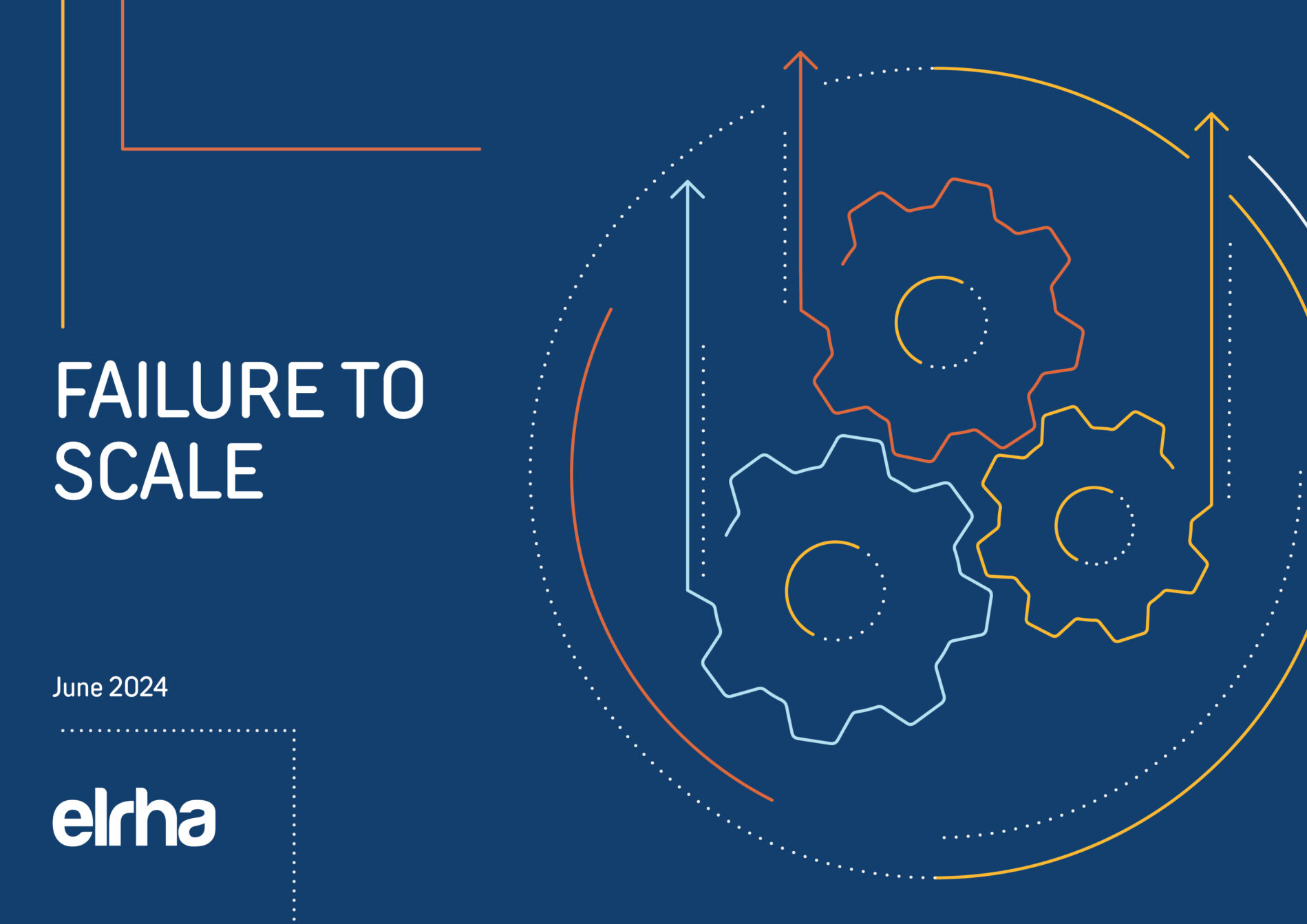Research Snapshot: How can we measure independence after injury in humanitarian settings?

Trauma care in humanitarian settings is usually focused on saving life and limbs, and less on how patients are living their daily life after injury, a critical aspect of their recovery. Assessing patients’ independence in daily life activities is therefore crucial to document. However, tools to measure this, tailored to humanitarian contexts, are lacking.
This three-phased research project developed The Activity Independence Measure-Trauma (AIM-T), a tool to measure independence in mobility activities of patients after injury, going beyond only understanding mortality and morbidity. Healthcare professionals observe and rate patients while performing 12 daily life activities and assess difficulties experienced, as well as any need for human or material assistance.
This study demonstrated AIM-T is valid, reliable and could be applied in humanitarian contexts. The design and validation of the AIM-T is one component of broader research which is 1) assessing recovery of functioning up to six months after injury in humanitarian settings, and 2) identifying which patients recover best and their personal and care characteristics, including early physiotherapy.
This research snapshot contains key messages, findings, implications for humanitarian policymakers and practitioners and recommendations for further research.